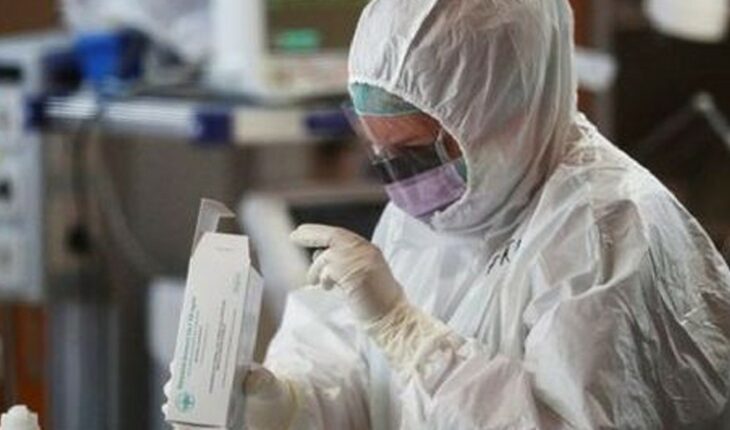A strange disease sets off alarm bells in Europe. This is monkeypox. The United Kingdom, Spain and Portugal reported cases in people, of which at least seven were confirmed and another 20 are suspects. The first case in the United Kingdom was detected on May 7 in a man who had traveled to Nigeria. Two others – who had no link to the first – were confirmed two weeks later. Four other cases were added over the weekend, three in London and one in the north-east of the country, which are also unrelated to the first or recently travelled.” The evidence suggests there could be community transmission,” said Susan Hopkins, an adviser to the UK’s Health Security Agency.Portugal recorded five confirmed cases and about twenty suspected cases in the Lisbon region. In a statement, the Portuguese General Directorate of Health detailed that the cases correspond, for the most part, to young men who had ulcerative lesions. In Spain, on the other hand, there are eight cases under investigation. However, Madrid decided to issue a health alert, while the National Center for Microbiology carries out genetic tests. What is monkeypox and what are its symptoms
Monkeypox is a viral infection that can be transmitted by direct contact or through the exchange of corporeal secretions, and although it is similar to human smallpox and its symptoms are much milder, it can be fatal. The cases are usually associated with trips to Africa Occidental.Se believed that the main host of the pathogen, which belongs to the orthopoxvirus family, are rodents, from where they can pass to humans, monkeys and other apes. Its main symptoms are fever; headache; muscle discomfort; chills; fatigue; swelling of the lymph nodes; and chickenpox-like rash. This last symptom usually occurs on the face, although it could also appear in other parts of the body, such as the genitals. Contagion happens when humans come into contact with animals or contaminated meat. The disease can be active for two to three weeks and remain contagious until all lesions are not complete. For there to be person-to-person transmission, there has to be close contact, either with the mucous membranes, the lesions produced by the disease or through thick droplets of saliva.
Monkeypox, the strange disease that puts Europe on alert
May 18, 2022 |





